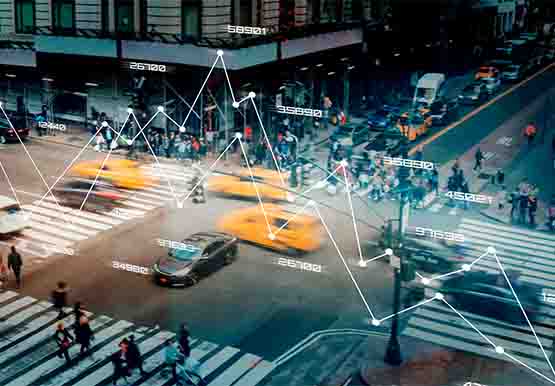Building a Greener Future in Sri Lanka

Transportation is vital to any country's economic and social development. However, traditional modes of transportation, such as private vehicles, buses, and trains, have led to carbon emissions, air pollution, and traffic congestion in Sri Lanka. These help change various environmental factors. According to the State of Global Air 2020 report, outdoor air pollution was responsible for 16,000 premature deaths in Sri Lanka in 2019. According to a study by the National Building Research Organization, traffic noise levels in Sri Lanka's urban areas are higher than the recommended maximum level of 55 decibels, with some areas reaching as high as 75 decibels. The country faces significant challenges in achieving sustainable transportation, but there are potential solutions that can help overcome these challenges.
Challenge 1: Overreliance on Private Vehicles
rivate vehicles have become increasingly popular in Sri Lanka due to unreliable and expensive public transportation options. According to the Department of Motor Traffic in Sri Lanka, there were approximately 7.7 million registered vehicles in the country as of September 2021. Out of these, around 6.5 million were motorcycles and three-wheelers, while the remaining 1.2 million were cars, vans, buses, and trucks. However, the government is investing in improving the existing public transportation infrastructure and adding new bus and train routes to encourage the use of public transportation.
For example, the government recently launched the "Lanka Electricity Company Electric Bus Project," which aims to replace traditional buses with electric buses to reduce carbon emissions and promote sustainable transportation.
Challenge 2: Lack of Sustainable Fuel Alternativess
Sri Lanka's transportation system heavily relies on fossil fuels, contributing to carbon emissions and air pollution. The Central Bank of Sri Lanka says that in the year 2020, the country used 2,390,225 metric tons of gasoline and 3,788,162 metric tons of diesel. The transportation sector uses more petroleum products than any other area in the country. It uses more than 40% of all petroleum products. However, there are alternative fuel options, such as biofuels and hydrogen fuel cells, that can help reduce carbon emissions.
For example, Sri Lanka is home to the "Sri Lanka Sustainable Energy Authority," which aims to promote the use of renewable energy sources, including biofuels and hydrogen fuel cells, to reduce carbon emissions from transportation.
Challenge 3: Limited Cycling and Walking Infrastructure
Cycling and walking are excellent alternatives to traditional modes of transportation, but Sri Lanka's infrastructure doesn't support them. The lack of dedicated cycling lanes and pedestrian zones limits the ability of citizens to choose sustainable transportation options.
For example, the government of Sri Lanka recently launched the "Colombo Sustainable Urban Transport Project," which includes the development of cycling lanes and pedestrian zones to encourage more people to choose sustainable transportation options.
Challenge 4: Inefficient Traffic Management
Inefficient traffic management has led to traffic congestion and air pollution in Sri Lanka. Smart transportation solutions, such as intelligent traffic management systems, can help address this issue.
Challenge 5: Limited Stakeholder Engagement and Awareness
Stakeholders, including transportation service providers, employees, and customers, play a vital role in achieving sustainable transportation in Sri Lanka. However, limited engagement and awareness hinder progress toward this goal.
For example, the "Transport and Environment Awareness Project" aims to educate stakeholders on the importance of sustainability in transportation through sustainability training programs, public awareness campaigns, and stakeholder engagement forums.
In summary, Sri Lanka has a long way to go before its transportation system is sustainable. But the government is taking steps to improve public transportation, support sustainable fuel alternatives, build infrastructure for biking and walking, put smart transportation solutions into place, and work with stakeholders to make a sustainable transportation system. Sri Lanka can build a greener and more resilient future for its people by putting sustainable transportation at the top of its development plan.


